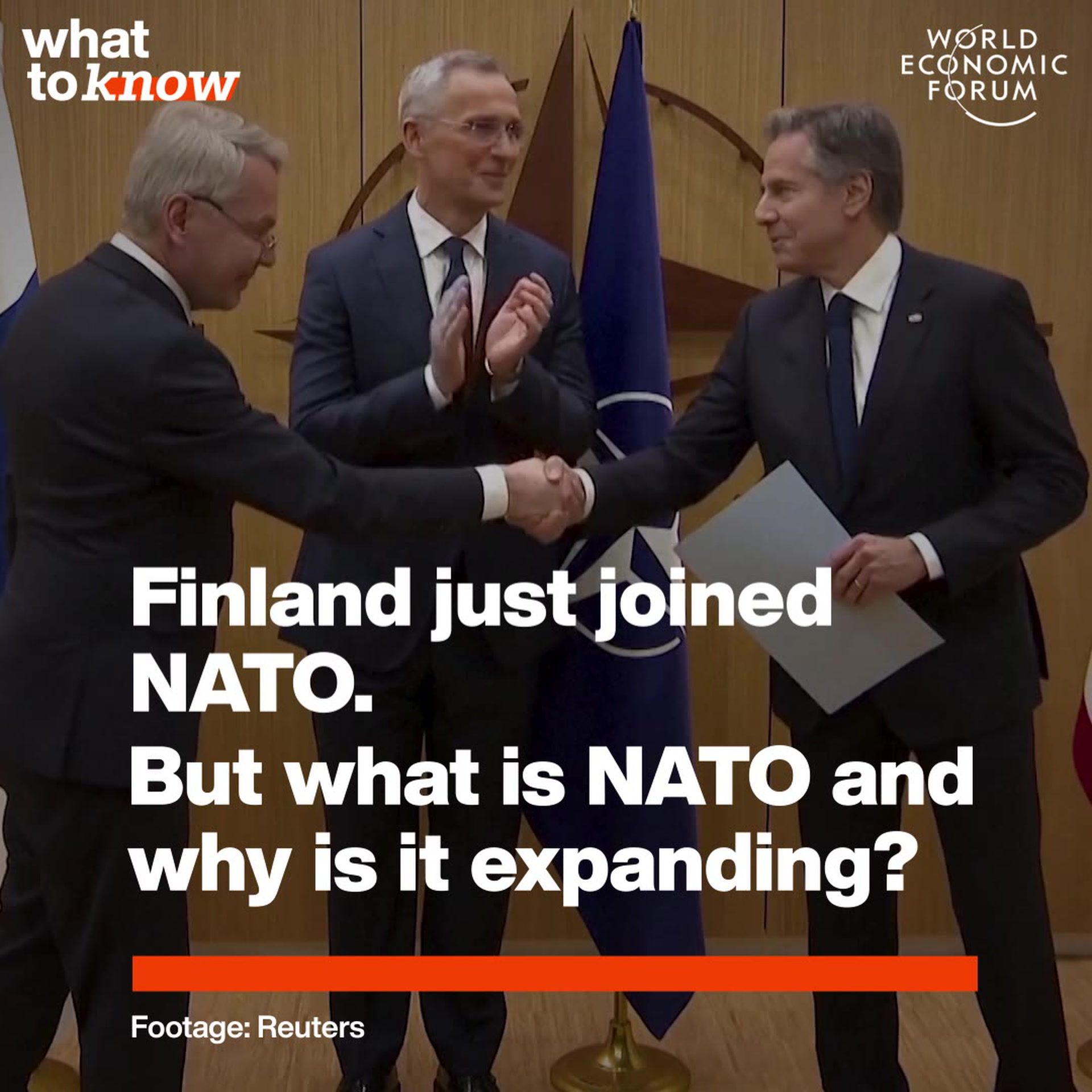Hindering the spread of a new class of weapon – hypersonic missiles

A new class of threat – hypersonic missiles can fly at five miles per second Image: REUTERS/Bobbi Zapka/USAF/Handout

Get involved with our crowdsourced digital platform to deliver impact at scale
Stay up to date:
International Security
This article is part of the World Economic Forum's Geostrategy platform
Hypersonic missiles — specifically hypersonic glide vehicles and hypersonic cruise missiles — are a new class of threat because they are capable both of manoeuvring and of flying faster than 5,000 kilometers per hour. These features enable such missiles to penetrate most missile defences and to further compress the timelines for a response by a nation under attack.
Hypersonic missiles are being developed by the United States, Russia, and China. Their proliferation beyond these three could result in other powers setting their strategic forces on hair-trigger states of readiness. And such proliferation could enable other powers to more credibly threaten attacks on major powers.
The diffusion of hypersonic technology is under way in Europe, Japan, Australia, and India — with other nations beginning to explore such technology. Proliferation could cross multiple borders if hypersonic technology is offered on world markets.

There is probably less than a decade available to substantially hinder the potential proliferation of hypersonic missiles and associated technologies. To this end, the RAND Corporation report, Hypersonic Missile Nonproliferation. Hindering the Spread of a New Class of Weapons, recommends that:
(1) The United States, Russia, and China should agree not to export complete hypersonic missile systems or their major components.
(2) The broader international community should establish controls on a wider range of hypersonic missile hardware and technology.
Key Findings
New Class of Threat
Hypersonic missiles are a new class of threat because they are capable both of manoeuvring and of flying faster than 5,000 kilometers per hour, which would enable such missiles to penetrate most missile defences and to further compress the timelines for response by a nation under attack.
The proliferation of such missiles beyond the United States, Russia, and China could result in other powers compressing their response timelines in ways that set their strategic forces on hair-trigger states of readiness — such as a strategy of "launch on warning." And such proliferation could enable such states to more credibly threaten attacks on major powers.
Time Is Key
There is probably less than a decade available to substantially hinder the potential proliferation of hypersonic missiles and associated technologies.
There appears to be interest in hypersonic missile nonproliferation and at least a few years available for relevant governments to put a policy in place.
International Concern
The unavoidable requirement is for the United States, Russia, and China to agree on a nonproliferation policy.
France could play a key role in bringing other governments into agreement on a broader control policy.
The technical and economic barriers to developing hypersonic technology are great enough to add to the effectiveness of a nonproliferation policy.
Recommendations
A two-tiered approach to containing the spread of hypersonic systems and components appears to be the most promising.
First, we recommend a policy of export denial for complete hypersonic delivery vehicles and enough major subsystems to effectively provide access to complete hypersonic missiles.
Second, given dual-use concerns, we also recommend a policy of case-by-case export reviews for scramjets and other hypersonic engines and components, fuels for hypersonic use, sensors, navigation, and communication items for hypersonic flight, hypersonic flight controls, design tools and modelling for such uses, and ground simulation and testing for hypersonic systems.
The necessary first step is for the United States, Russia, and China to agree not to export complete hypersonic missiles or their major subsystems. Beyond that, the control list recommended in this report can be the basis for international discussions.
Hypersonic Missile Nonproliferation. Hindering the Spread of a New Class of Weapons, Richard H. Speier, George Nacouzi, Carrie A. Lee, Richard M. Moore
Don't miss any update on this topic
Create a free account and access your personalized content collection with our latest publications and analyses.
License and Republishing
World Economic Forum articles may be republished in accordance with the Creative Commons Attribution-NonCommercial-NoDerivatives 4.0 International Public License, and in accordance with our Terms of Use.
The views expressed in this article are those of the author alone and not the World Economic Forum.
The Agenda Weekly
A weekly update of the most important issues driving the global agenda
You can unsubscribe at any time using the link in our emails. For more details, review our privacy policy.
More on International SecuritySee all
Kate Whiting
April 4, 2024
Spencer Feingold and Joe Myers
January 15, 2024
Anna Bjerde and Filippo Grandi
December 15, 2023
John Letzing
December 13, 2023
Joe Myers
August 18, 2023






